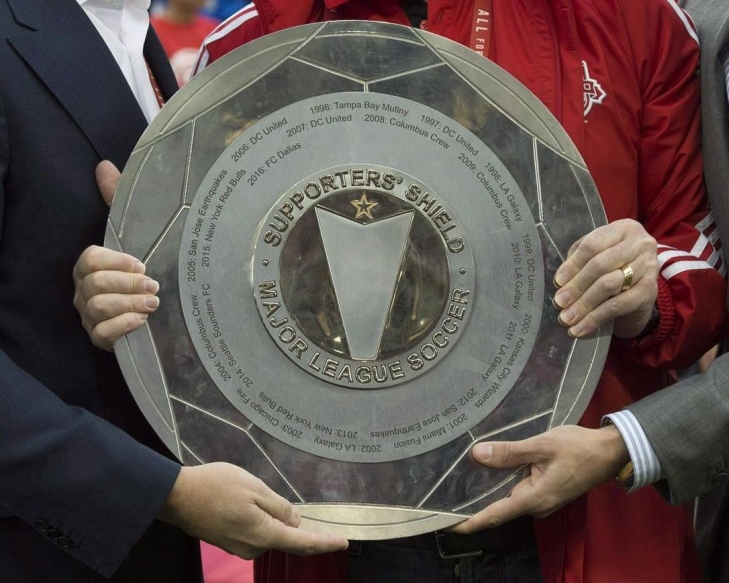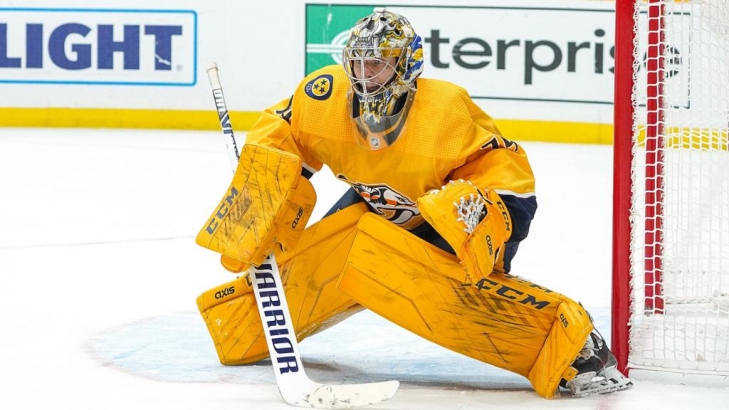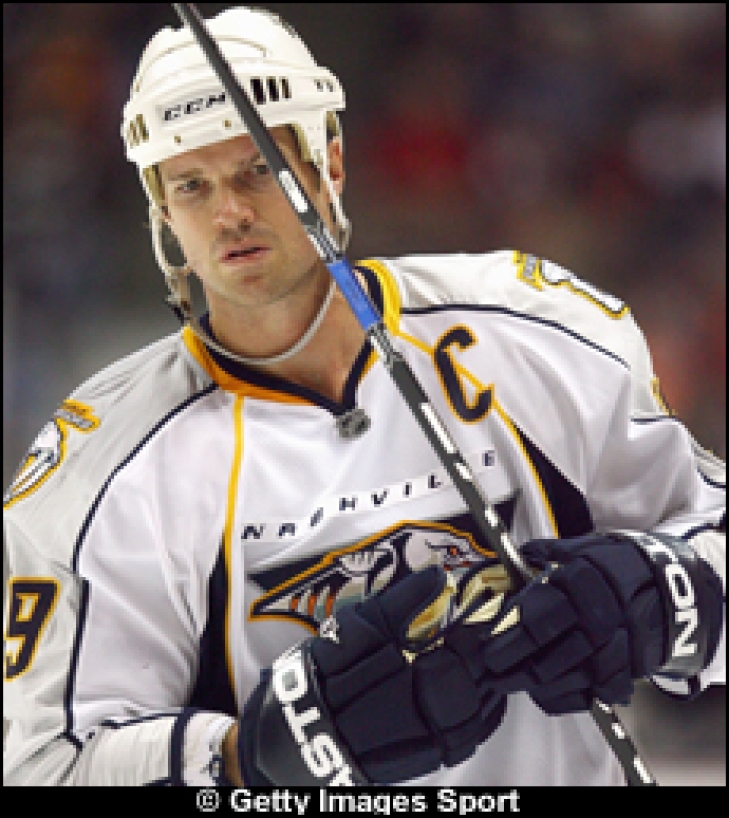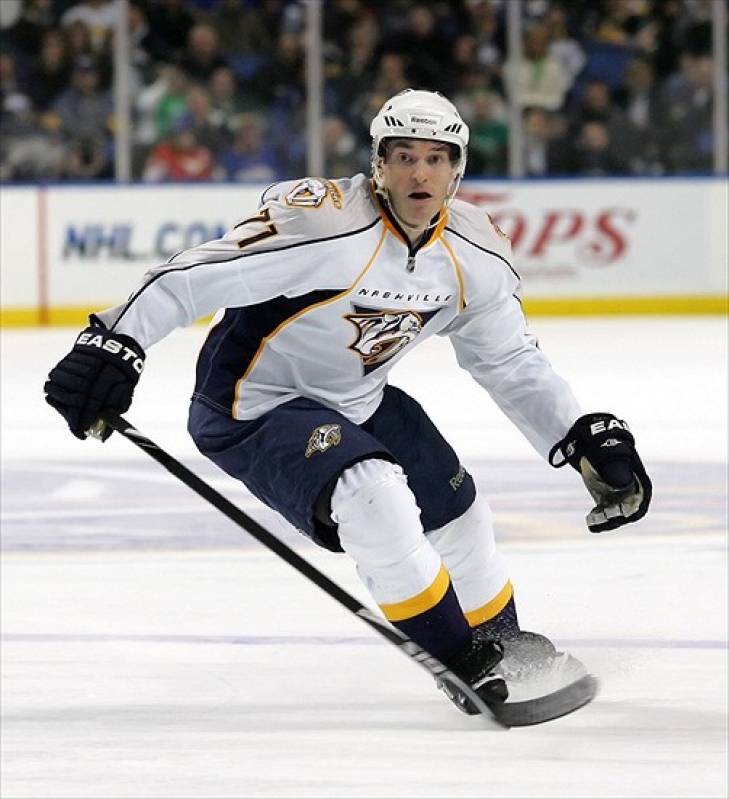- Published in Not in Hall of Fame News
The National Soccer Hall of Fame announces the 22 Veteran Semi-Finalists
The National Soccer Hall of Fame has announced the 22 names who will comprise the list of Veterans Candidates who made their Semi-Final round.
To be eligible for the National Soccer Hall of Fame Veteran Ballot, an individual must have met No. 1 and either No. 2, No. 3 or No. 4:
- A player must have been retired for more than 10 full calendar years prior to the year of induction.
- A player must have played at least 20 full international games for the United States Men’s National Team, Women’s National Team or Extended National Team (Paralympic, Beach & Futsal). This 20-game requirement is reduced to 10 games if the games were prior to 1990 and 5 games if the games were prior to 1960.
- A player must have played at least five seasons in a United States first-division professional league* and been a postseason league all-star at least once. (Best XI)
- A player must have played at least five seasons in the Major Indoor Soccer League between the end of the NASL in 1984 and the end of the MISL in 1992 and been selected as a first-team postseason all-star in at least one of those seasons.
The 22 names are:
Chris Armas played for the L.A. Galaxy in his first two seasons, and played the rest of his career with the Chicago Fire (1998-07), after he was taken by the Fire in the Expansion Draft. He appeared in 66 Games for the United States.
Gregg Berhalter played most of his career in Europe, but the Defenseman did play his last three years as a pro with the Galaxy. He also appeared in 44 Games for the U.S., including the 2002 World Cup.
Chico Borja spent the early part of his career with the New York Cosmos of the NASL and again with the Cosmos of MISL. He also played indoor soccer for Las Vegas, Wichita and Albany, and for the U.S. in 11 Games.
Sean Bowers had a long career in indoor soccer, playing 20 years combined for San Diego, Detroit, Sacramento, Anaheim and Baltimore. He also was in the MLS for four years with Kansas City.
Marco Etcheverry played for D.C United from 1996 to 2003 and internationally represented Bolivia.
Linda Hamilton represented the U.S. in 82 Games, and was part of the team that won the first Women’s World Cup.
Mary Harvey played for the United States Women’s Team in 27 Games.
Frankie Hejduk began his pro career with Tampa Bay of theMLS before going to Germany for five years. He returned to MLS with Columbus in 2003, where the midfielder played for eight years. He was on the U.S. Men’s Team in 83 Games, and played on the 1996 and 2000 Olympics as well as the 1998 and 2002 World Cup.
Angela Hucles played for three Boston based teams in three different women’s leagues over a nine-year period. She represented the United States in 109 Games, including two Gold Medal winning teams in two different Olympics.
Eddie Lewis began his pro career with the San Jose Clash, where the Left Wing played four years before departing to England, where he stayed nine years. Lewis returned to MLS with the Galaxy for three years. Representing the United States, Lewis appeared in 82 Games and was in the 2002 and 2006 World Cup.
Clint Mathis played most of career in the MLS, with stints with the Galaxy, the MetroStars, Real Salt Lake and Colorado. He represented the U.S. in 46 Games, including the 2002 World Cup.
Shep Messing played for New York, Boston and Oakland in the NASL and the Goalie also played for the New York Arrows, New York Cosmos, Pittsburgh Spirit and New York Express in the Indoor League. He also played for the U.S. in the 1972 Olympics.
Victor Nogueira was a Goalie in the NASL for three years (Atlanta & Montreal), Chicago in the NASL, and the Goalie also played indoor soccer for 20 years with Chicago, Cleveland, Milwaukee and San Diego. He is already a member of the Indoor Soccer Hall of Fame.
John O’Brien played most of his career with Ajax in the Eredivisie and would appear in 32 Games representing the United States.
Steve Ralston competed for Tampa Bay and New England in MLS, with 36 Games played for the United States.
Tony Sanneh played most of his career in the MLS, serving time with D.C. United, Columbus, Chicago, Colorado and Los Angeles. He also played for the United States in 43 Games.
Kate Sobrero Markgraf played ten years in women’s pro soccer, and for the USWNT she played in three Olympics (two Gold and one Silver) and three World Cups (one Gold and two Bronze).
Lindsay Tarpley won two Olympic Gold Medals and a Bronze at the World Cup representing the United States Women’s Team.
Tatu, a Brazillian star who played for the Tampa Bay Rowdies in both the NASL and Indoor League. He also played 20 more years of indoor soccer with the Dallas Sidekicks.
Taylor Twellman, a nine-year veteran of the New England Revolution and 30-game player with the USMNT.
Tisha Venturini-Hoch represented the U.S. in 132 Games, and won Gold in the 1996 Olympics and 1999 World Cup.
Slavisa “Steve” Zungul earned the nickname of the “Lord of the Indoors”, after playing for New York, Golden Bay, San Diego and Tacoma.
We here at Notinhalloffame.com would like to congratulate the 22 candidates who made it this far.





